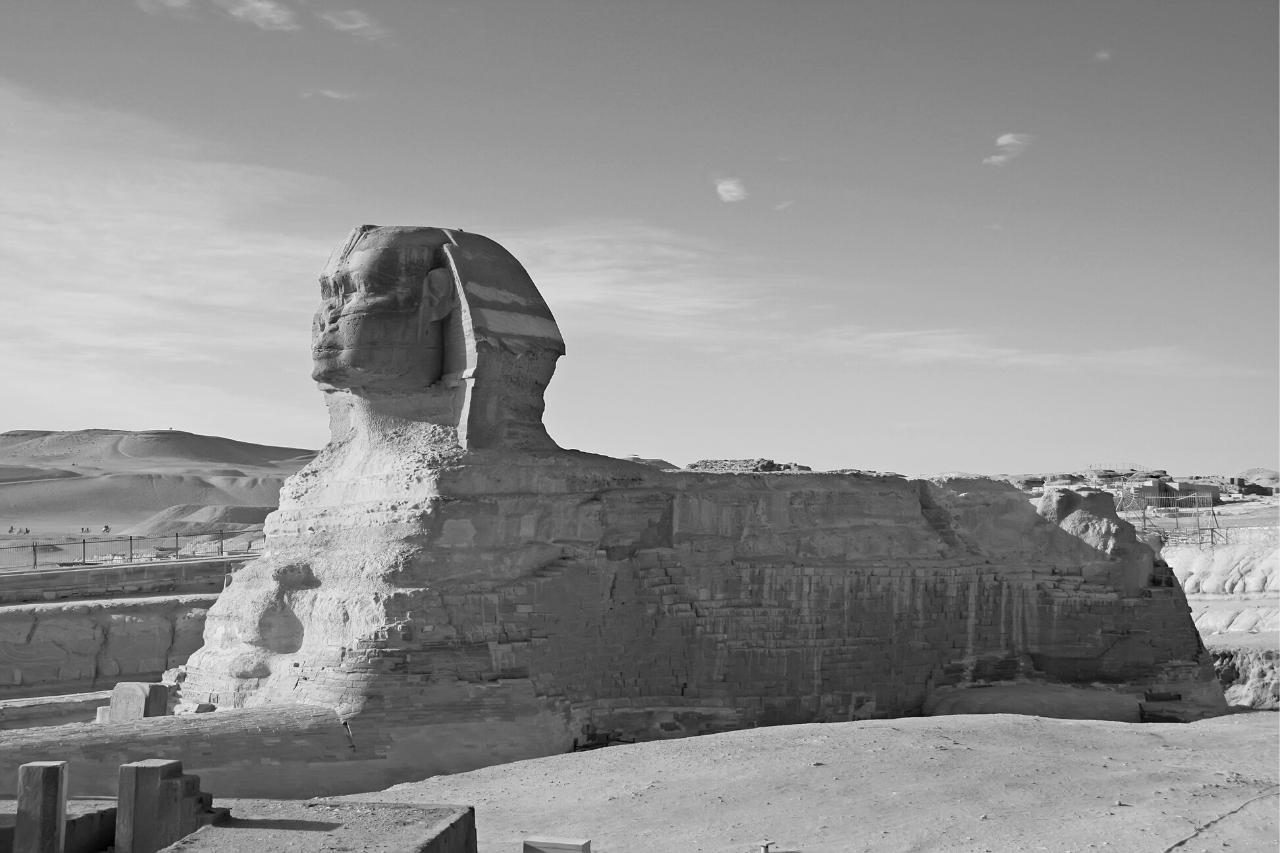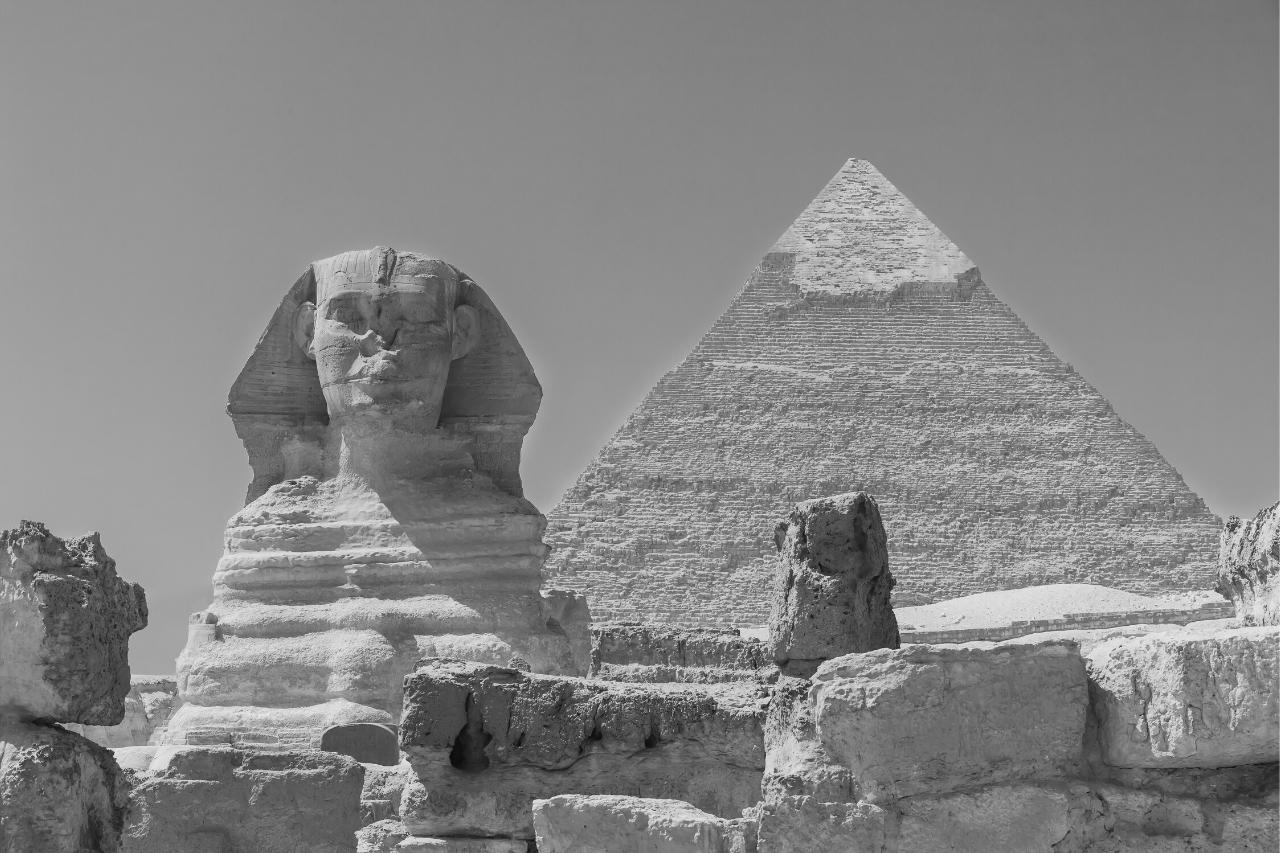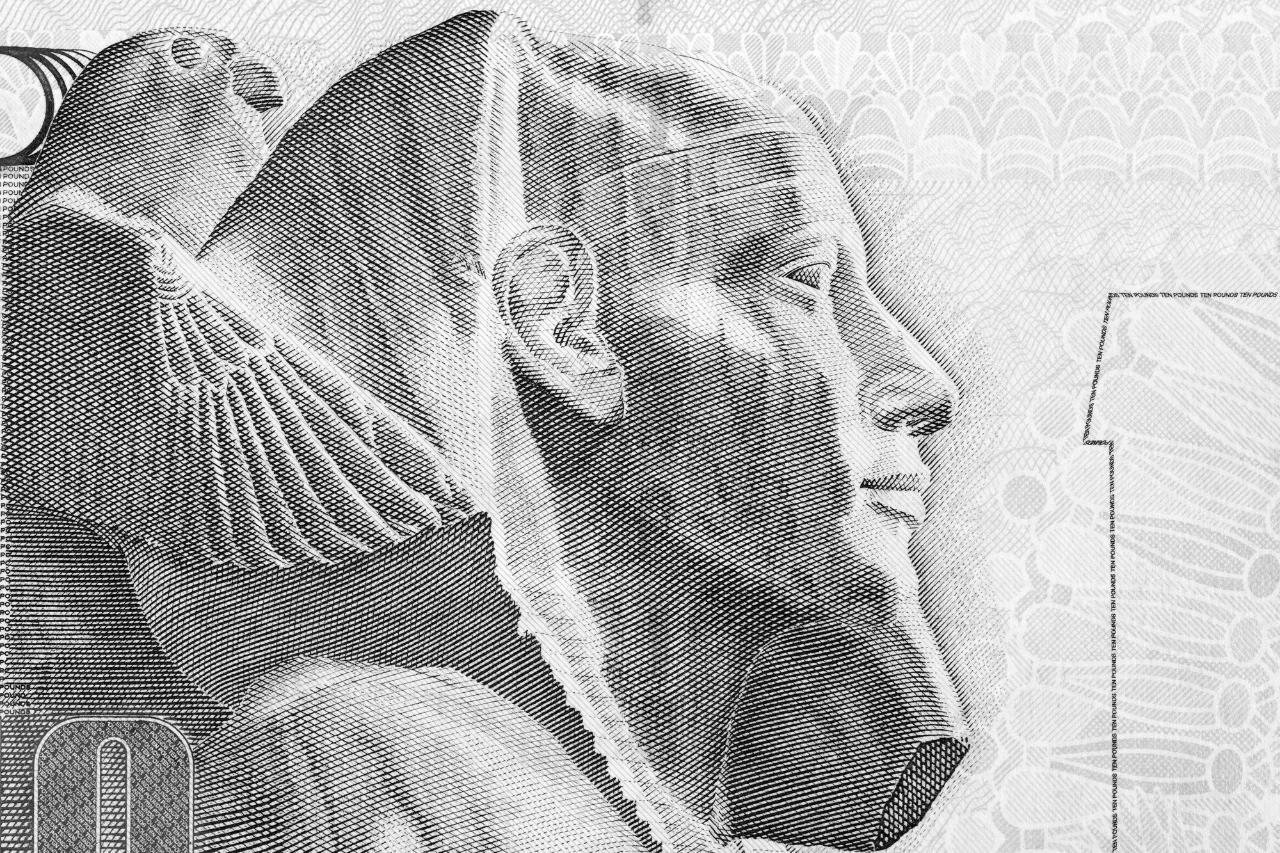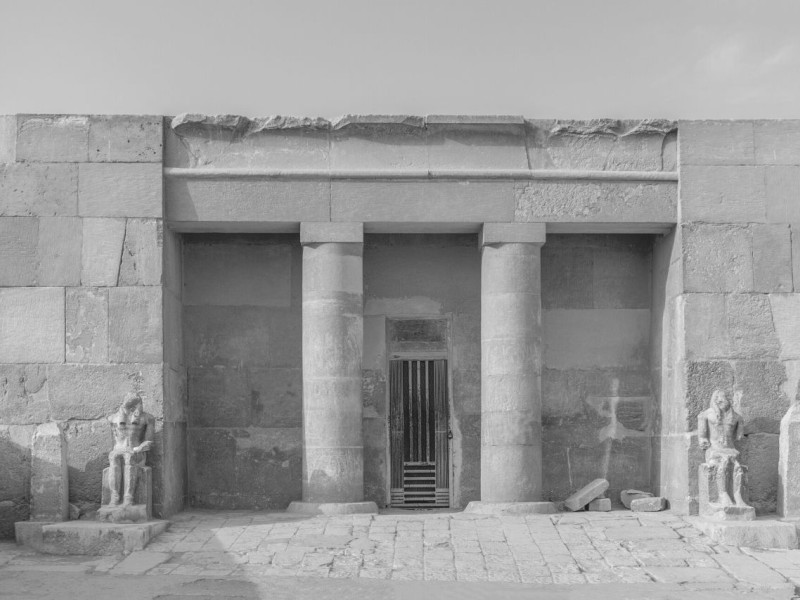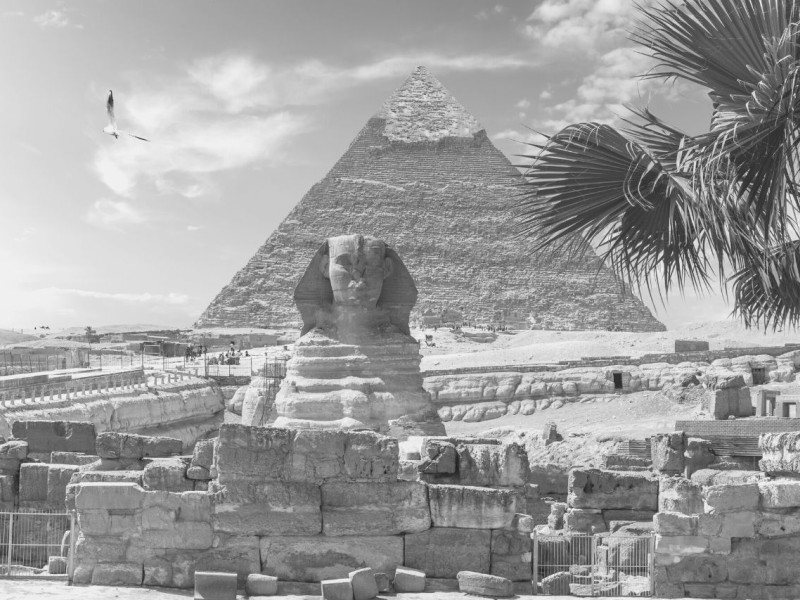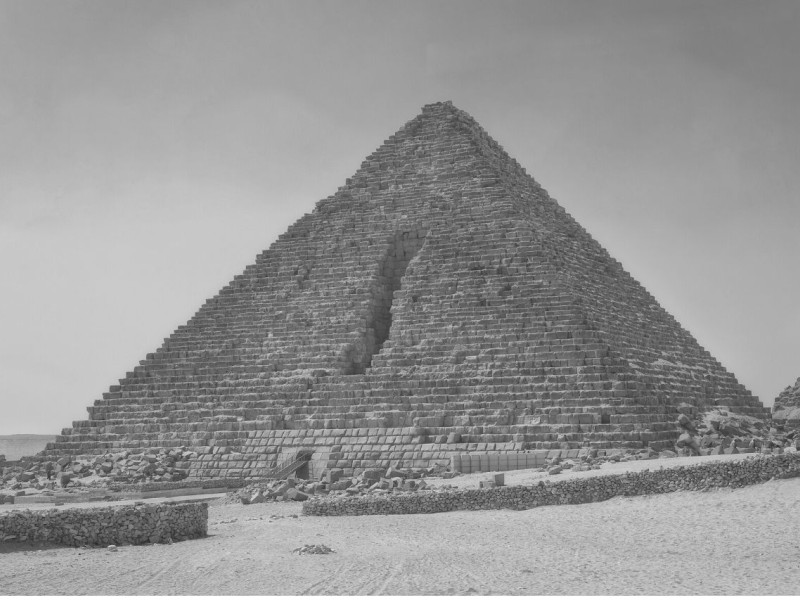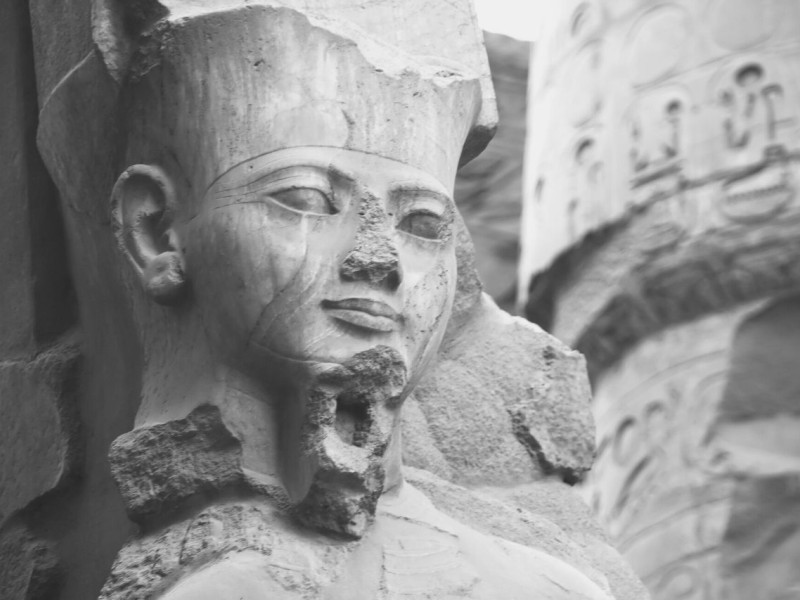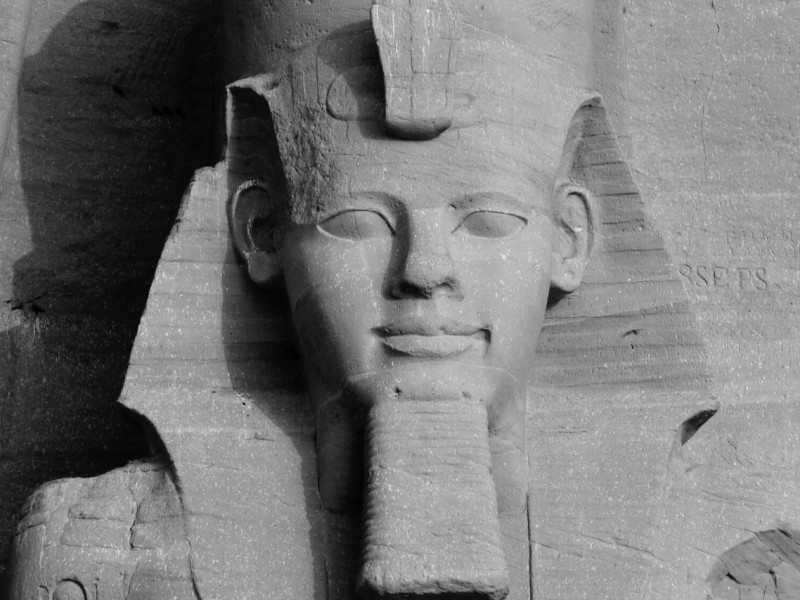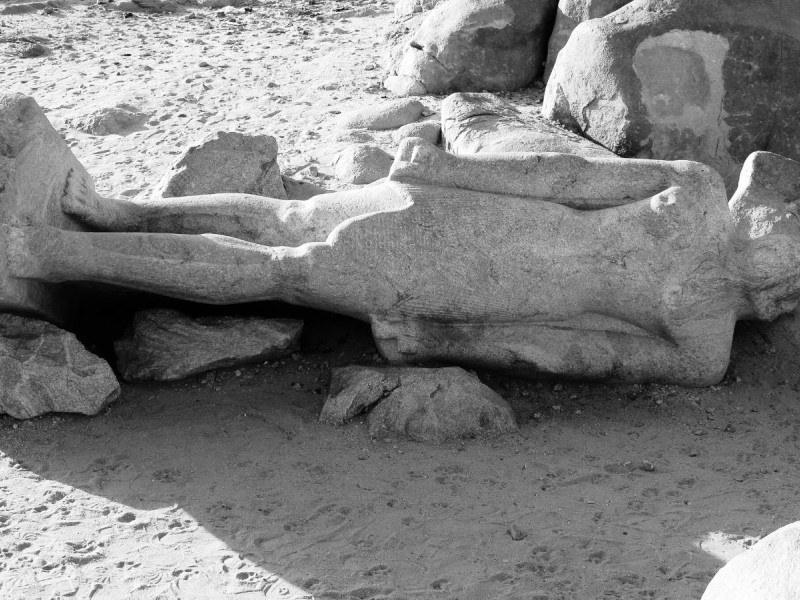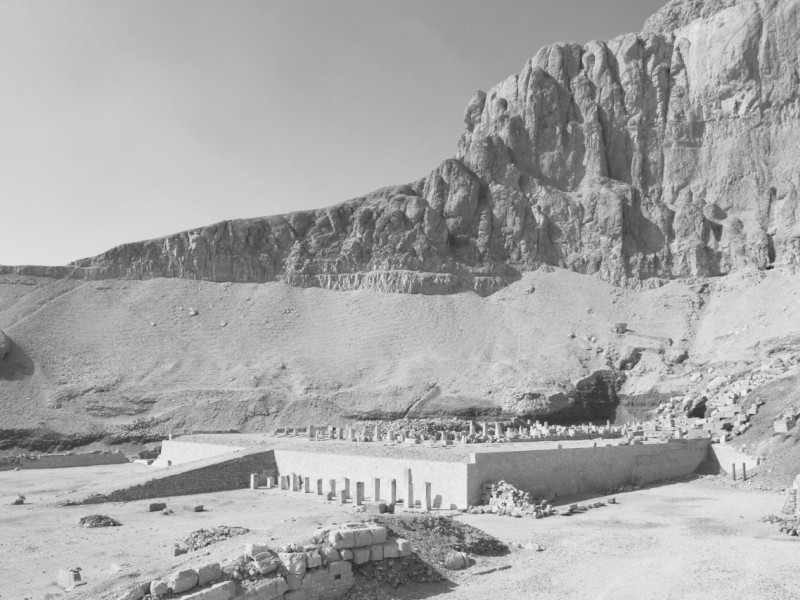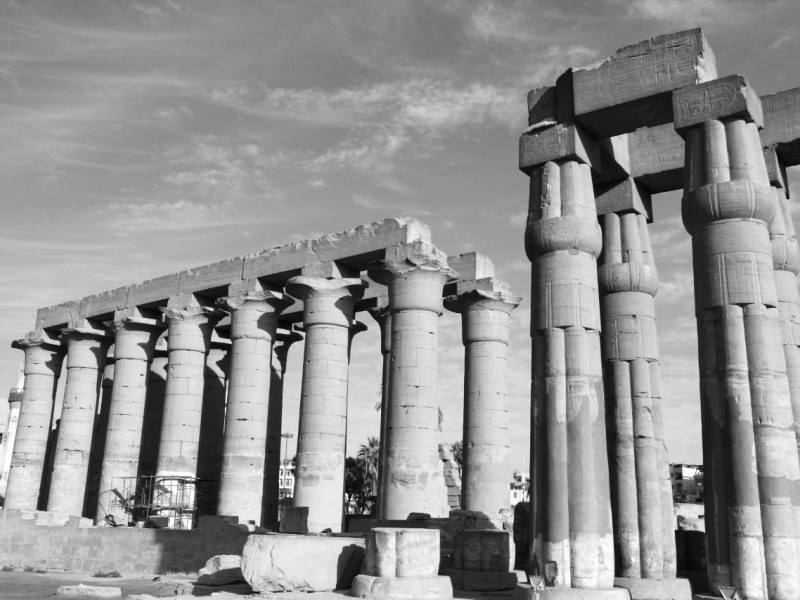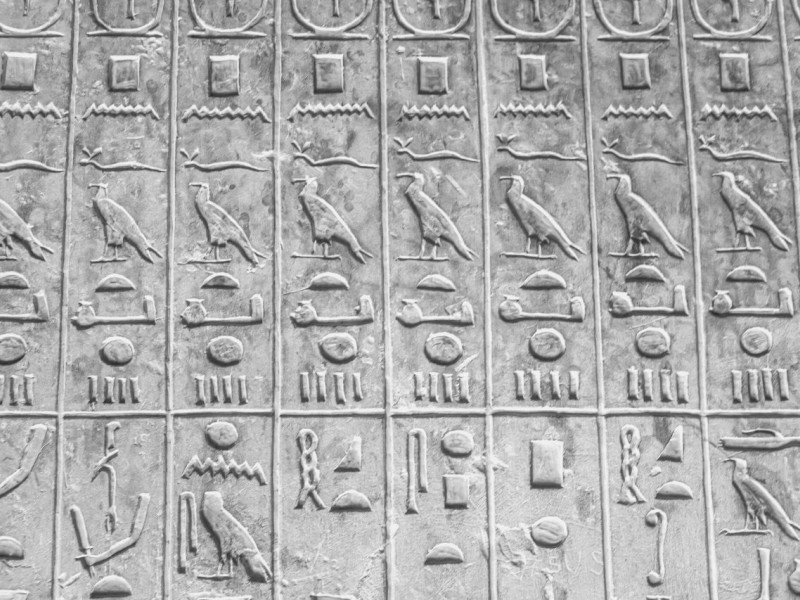King Khafre—Builder of the Famous Sphinx of Giza
King Khafre and the world-famous Sphinx of Giza are the same. A closer look between the two would reveal that the features of the pharaoh could also be seen in the sphinx. It is a great way to remind the spectators of who was the builder of this magnificent landmark. Read on to find out how King Khafre ruled the ancient Egyptian kingdom as witnessed by the great Sphinx itself.
Who Was Khafre?
Khafre, also called Khafra and Chephren, was the fourth ruler of the Old Kingdom of Egypt. His reign lasted for almost 30 years, approximately from 2575 BC to 2545 BC, though other Egyptian scholars, such as Manetho, would say that it lasted for almost six decades. His reign was characterized by engineering prosperity and wealth, as evident in the different buildings and constructions—pyramids and statues—that he made.
King Khafre was the son of King Khufu, the original engineer of the Great Pyramids of Egypt. His mother was Queen Henoutsen, the third wife of Khufu. He had seven brothers and four sisters. King Khafre succeeded his brother, Djedefre, the successor of his father, whose reign was short-lived and lasted for only eight years.
Intrigues have it that Khafre had blood on his hands to become king. Nonetheless, a lot of historians do not back this theory and later on, his throne was assumed by his son, Menkaure.
He had many wives, albeit unknown until recently. They were Queen Khamerernebty I, Queen Meresankh III, Hekenuhedjet, and another one still nameless up to the present, as he fathered 10 sons and daughters from his many wives. Nevertheless, it is not uncommon for rulers to have many wives and many children at all, so far, no records were found that discussed his family life, as well as his lineage downwards.
King Khafre and His Reign
Greek historians, such as Herodotus, would say that like his father Khufu, Khafre was a vicious and tyrannical ruler. This reputation remains doubted up to now because the historian was not able to elaborate on the brutalities that the ruler committed. Instead, several writings state that King Khafre was a wise and mighty leader. Pieces of evidence pointed out that during his rule, trade and tact were in place in Upper and Lower Egypt.
The reign of King Khafre is believed to be a prosperous one, it was called the building boom of ancient Egypt because of the many buildings he erected. Archaeological finds revealed that Khafre’s engineers, architects, and even laborers were treated with care and abundance, especially in terms of food from a nearby valley that was prepared specifically for them.
There were traces of quality meat served as the staple food of his builders. To maintain the freshness of ideas and renewed strength among workers, they were on a rotation basis. After a period of working on a project, they were given time to go back home, while another set of workers would do the job.
Looking into the welfare of your workforce is an important strategy to ensure quality output or work from them. One must have the needed energy—physical and mental—to do the heavy tasks ahead.
If being able to construct massive structures is an indicator of one’s quality of rule, then King Khafre was one fine ruler based on the mega structures he contributed to the world.
King Khafre and the Pyramids of Giza
Still standing proudly today are the magnificent pyramids of Egypt, famously known as the Great Pyramids of Giza. They are an enduring testament to the passage of time. Khufu and Khafre were the main builders of the two main pyramids in Giza. Although the pyramid of Pharaoh Khafre is slightly shorter by 10 meters than that of his father’s, it was strategically placed on higher ground, approximately 33 feet above, to make it appear grander and more ginormous.
When viewed from afar, Wer(en) Khafre looked bigger. Wer(en) Khafre, meaning Khafre is Great, was the name given to his pyramid.
As the years went by, the 10-meter elevation slowly slipped away, making this architectural wonder reduced in size but never in its magnificence as the second-largest Pyramid of Giza.
Size and Composition
Wer(en) Khafre was made of materials chosen specifically for this building project of Pharaoh Khafre. Tura limestone blocks weighing approximately two tons each were mainly used, along with pink granite and white calcite.
This pyramid is 136.4 meters high, while its base length is 215.28 meters. It is quite different from the other pyramids since its apex is also covered with limestone rock casing, which was quite a challenging task to do during this period.
Inside the Pyramid
Designated as Pharaoh Khafre's tomb, aside from its burial chamber, inside this magnificent building are different compartments that have different uses. There’s the valley temple, where the body of the deceased ruler would be received and would undergo the mummification process. Next is the mortuary temple, where prayers, food, and material objects were to be offered for the deceased. Found here were 52 life-sized or larger statues and images of Pharaoh Khafre.
Last is the Sphinx temple, which was built near the legs of the sphinx itself and made to support the massive Great Sphinx of Giza built apart from the pyramid.
King Khafre and the Great Sphinx of Giza
On the right side leading to the entrance of Khafre’s pyramid lies the Great Sphinx. This massive structure looks like a human-headed lion patiently guarding the master’s tomb.
The Great Sphinx of Giza is a monolith structure, which means that it was sculpted in a single piece of stone—in this case, the Giza Plateau. Unlike its Greek counterparts, this Egyptian sphinx has no bird wings and no woman’s face. A reclining lion with the head and face of a human believed to be Pharaoh Khafre, complete with a headdress, is what the Great Sphinx of Giza looks like.
This giant sculpture depicts the power of the god-king ruler as symbolized by the lion, a royal animal. The Egyptian Pharaoh Khafre was associated with the Egyptian sun god, Ra, and Khafre means “Appearing Like Ra.” The reclining lion is often associated with the sun in the horizon.
A closer look at the statue would reveal that its head is smaller than its body. This disproportionate structure could be attributed to the layering of the stone; the upper part is softer than the lower part of the bedrock where it was carved. Thus, the elongated body of the lion somehow fixed the flaw.
The Sphinx Temple
In front of the Great Sphinx magnificent icon is the Sphinx temple. A lot of writings were made, speculating on the purpose of this temple. Some said that it is in this temple where King Khafre would be resurrected using the power of the sun. Others, however, say that the Temple of Sphinx is a worship place solely dedicated to the sun god Ra, of whom King Khafre was an avid believer.
King Khafre Enthroned
In 1860, an Egyptologist by the name of François Auguste Mariette found the life-sized statue of King Khafre in all its magnificence. It was known as Khafre Enthroned. The statue was made from diorite stone, believed to be taken from the quarry in the southern part of Egypt.
In this statue, King Khafre was seated on a wooden throne with several lion’s feet embellishments. One of his hands laid flat on his thigh, and the other hand was fisted close. A lotus-and-papyrus image was designed on the sides of the throne. These symbolized that Upper Egypt and Lower Egypt were in harmony with each other. It was a rather good representation of his rule.
On his head was a headdress that looked like the wings of a hawk perched on the shoulder of the great ruler. Headdresses are a symbol of royalty. The hawk represents the god Horus, the son of Osiris. By wearing the headdress, King Khafra signified that he was the successor of the god Osiris.
The Khafre Enthroned statue now resides in an Egyptian museum. It is considered to be one of the invaluable finds and important statues of this time, not only because of its story but more so because of the material used. No other statue used the same material as that of Khafre Enthroned.
King Khafre and His Religion
During his reign, there was a notable increase in the following of the sun god, Ra, all over Egypt. This could be attributed to the king who had a strong belief in the sun god.
The design in one of his temples in the pyramid was said to be in place such that the full power of the sun could be channeled and resurrect the then god-king. The sphinx that he made was also designed to guard the setting and rising of the sun, this was a sure way to guarantee that your god is up unto his duties to mankind.
How Did King Khafre Die?
No scholarly material could tell how the fourth pharaoh of the ancient Egyptian kingdom died. However, many do believe that he was buried in his pyramid.
A lot of articles established that the tomb was ransacked though during the Middle Kingdom and Second Intermediate Period (before the New Kingdom). Additionally, the 52 life-sized statues of Khafre were “recycled” by Rameses II; he placed his own inscription on them and used them as his own.
In 1818, when the tomb was reopened by Giovanni Belzoni, the sarcophagus was already opened with no significant remnants found. This led to the qualms of other experts on whether King Khafre was really buried in his pyramid or not.
Accomplishments
The effectiveness of a ruler is mostly measured by his accomplishments. Despite the lack of historical records, King Khafre accomplished great achievements that are still present up to this day. Notable examples are his construction marvels—pyramids, temples, and statues.
Conclusion
Khafre’s reign in the ancient world could never be doubted, because even today, in the modern era, his pieces of grandeur as a ruler of Egypt remain standing. His reign is known for the following:
He incorporated impressive designs and plans into his massive building and construction projects.
He built the second largest pyramid in the famous Pyramids of Giza.
He built the colossal Sphinx of Giza by copying his own image for the head.
His statue called Khafre Enthroned was one of the most marvelous finds in archaeology because of the unique material used.
His body and other remnants were not found in his tomb.
Despite the scarcity of records on the kind of world he ruled, King Khafre, his pyramid, and his sphinx had always been there to testify on the unraveling of history as time passes by.
